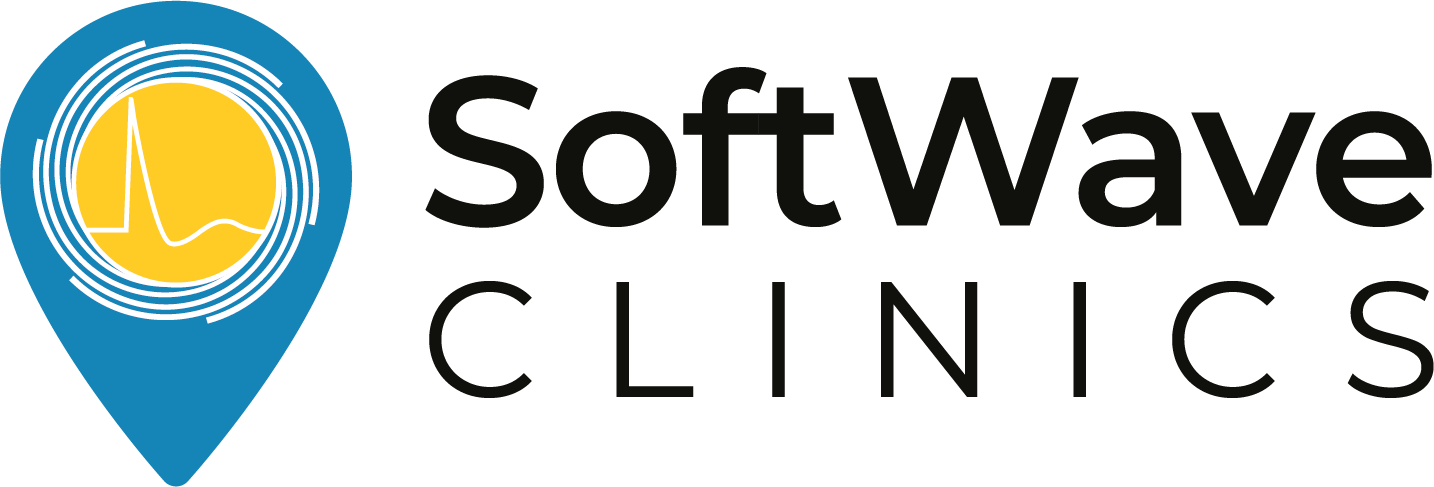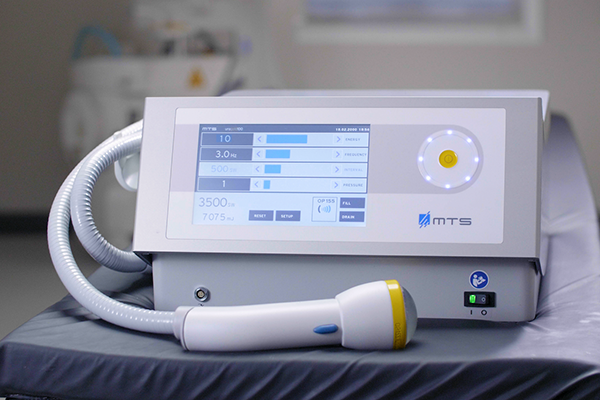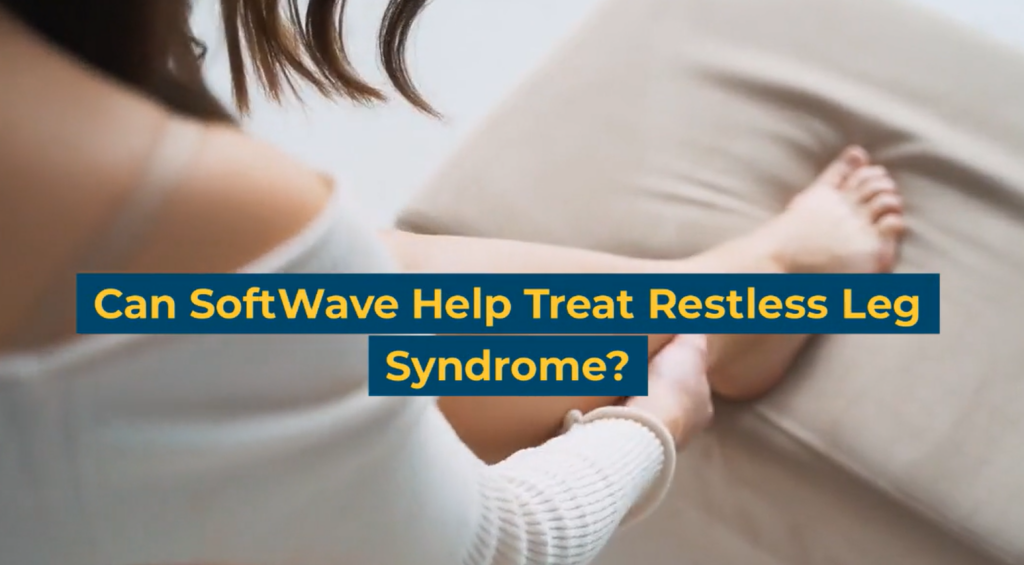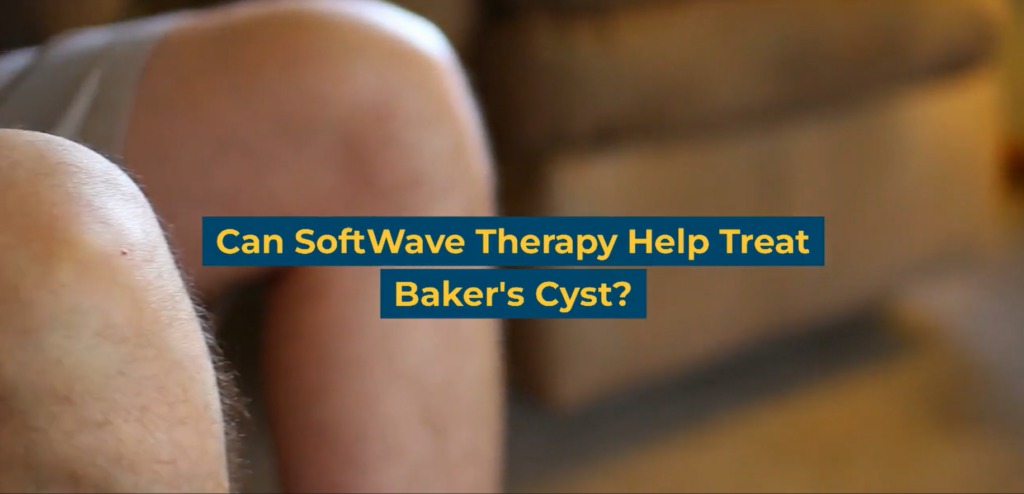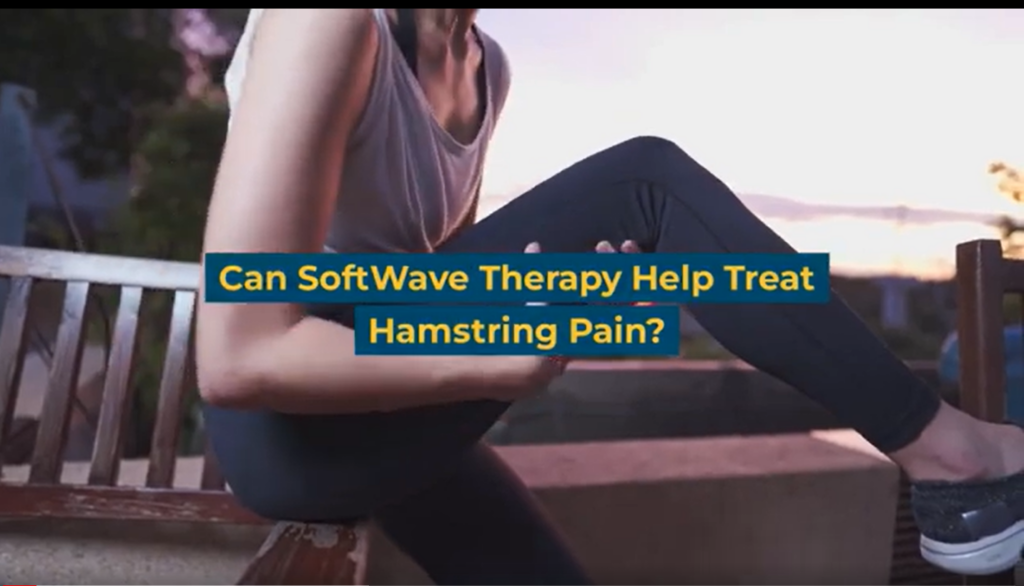Understanding Turf Toe: Signs and Symptoms
Turf toe is a sports-related injury that primarily affects the big toe joint. It gets its name from the frequent occurrence on artificial turf, but it can happen on any playing surface. This injury occurs when the big toe is hyperextended, causing damage to the ligaments, tendons, and joint capsule in the toe. It’s commonly seen in athletes involved in activities like football, soccer, and basketball.
Turf toe is notorious for its painful symptoms, which can include:
- Swelling and tenderness at the base of the big toe
- Difficulty bending or extending the toe
- Pain that worsens during pushing-off motions
- Limited range of motion in the affected toe
Traditional Treatment Methods for Turf Toe
Historically, treating turf toe often involved a combination of rest, ice, compression, and elevation (RICE). While effective to some extent, it could be a lengthy and sometimes frustrating process for athletes eager to return to their sport.
Other conventional methods include:
Medications: Nonsteroidal anti-inflammatory drugs (NSAIDs) may be prescribed to alleviate pain and reduce inflammation.
Immobilization: Some patients might require the use of a brace or taping to immobilize the affected toe, allowing it to heal.
Physical Therapy: Physical therapy helps restore strength, flexibility, and function to the injured toe and surrounding structures.
However, these traditional treatments may have limitations in terms of speed and effectiveness, leaving athletes sidelined for longer than desired.
What is SoftWave Therapy and How Does it Work?
SoftWave therapy stands at the forefront of non-invasive treatments, utilizing unfocused acoustic waves to stimulate the body’s intrinsic healing process within injured tissues. Unlike traditional shockwave therapies that can cause micro-trauma to already sensitive areas, SoftWave’s unfocused waves delicately interact with the body, providing a more gentle, yet effective treatment. This innovative approach enhances blood circulation, eases inflammation, and fosters tissue regeneration, all while activating the body’s natural healing mechanisms without additional tissue damage.
For sports injuries such as turf toe, SoftWave therapy is especially impactful. It targets the injured area, alleviating pain and promoting faster healing by fostering cellular repair and reducing inflammation. This approach not only provides effective physical recovery but also offers psychological relief to athletes anxious to return to their sport.
Advantages of SoftWave Therapy for Turf Toe
Here’s why SoftWave therapy is gaining popularity as a turf toe treatment:
- Non-Invasive: Unlike surgical interventions, SoftWave therapy is non-invasive, meaning there are no incisions or anesthesia required.
- Speeds Up Healing: SoftWave therapy accelerates the body’s natural healing processes, helping athletes get back on their feet faster.
- Minimal Side Effects: Patients typically experience minimal discomfort and can return to their normal activities sooner.
- Long-lasting Results: SoftWave therapy doesn’t just mask the symptoms; it promotes actual tissue healing, reducing the risk of re-injury.
- Customized Treatment: SoftWave therapy can be tailored to the individual, ensuring the treatment is specific to the injury’s location and severity.
SoftWave Therapy vs. Traditional Treatment
Let’s delve deeper into the comparison between SoftWave therapy and conventional treatment approaches to gain a comprehensive understanding of their respective effectiveness and benefits in addressing turf toe.
Speed of Recovery
One of the most significant advantages of SoftWave therapy is its ability to expedite the healing process. Athletes often find themselves back in the game much sooner than if they were undergoing traditional treatments, which can sometimes take weeks or even months to yield results.
Pain Management
SoftWave therapy not only helps manage pain but also addresses its source. It stimulates the release of the body’s natural pain-relieving chemicals, providing long-lasting relief without the need for painkillers.
Reducing the Risk of Re-injury
By promoting tissue regeneration and strengthening the affected area, SoftWave therapy reduces the risk of future injuries. This is especially crucial for athletes who rely on the agility and strength of their big toes in sports.
Get Relief from Turf Toe with SoftWave Therapy Today
Turf toe can significantly impede an athlete’s performance. While traditional treatments may provide relief, they often require weeks or even months to yield noticeable results, which can be particularly taxing for athletes eager to return to play. Enter SoftWave therapy, a non-invasive treatment that targets the root cause of the injury. By harnessing the power of unfocused shockwaves, SoftWave therapy accelerates the body’s natural healing process, potentially reducing recovery time. This makes it an especially attractive option for those seeking an efficient and effective remedy for turf toe.
Find a SoftWave therapy provider near you to start a path toward a pain-free life today.
Disclaimer: The information provided in this blog is for educational and informational purposes only and is not intended as a substitute for professional medical advice, diagnosis, or treatment. The content provided in this blog should not be used to diagnose or treat any health problems or illnesses. Always consult with a qualified healthcare professional before making any changes to your healthcare routine or treatment plan.
